Nuclear power was touted as the solution to peak oil and promoted as “energy too cheap to meter” in the 1950s. As its costs skyrocketed and questions of safety arose, it faced growing opposition among environmentalists by the 1980s.
And by the early 21st century, even against the backdrop of catastrophic accidents at Three Mile Island (United States, 1979), Chernobyl (Ukraine, 1986), and Fukushima (Japan, 2011), its supporters contended that nuclear power was a green technology and one of the most promising ways to slow global warming through carbon-free electricity production.
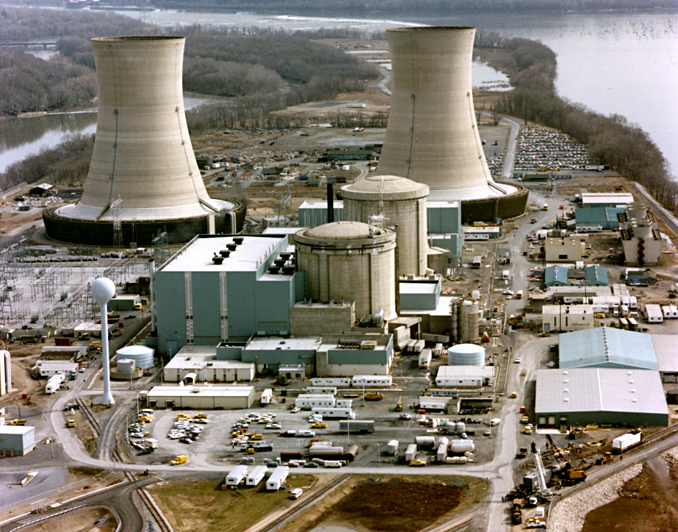
Not only industry representatives, but many environmentalists have come to see nuclear power as key to end world dependence on fossil fuels. Nuclear power seems one thing on which U.S. Republicans and Democrats can agree: it must be subsidized, supported, and modernized.
Building on congressional agreement, in late June 2024 the U.S. Congress passed the Accelerating Deployment of Versatile, Advanced Nuclear for Clean Energy (ADVANCE) Act to ensure “clean and emission-free energy for the next 60 to 80 years.” The bill instructs the federal Nuclear Regulatory Commission (NRC) to speed licensing of nuclear power plants (NPPs) and facilitate export of U.S. nuclear technology to reclaim advantage in world markets.
ADVANCE will provide huge subsidies in the effort to rejuvenate the U.S. industry. That industry has been in the doldrums since the Three Mile Island, Pa., partial reactor meltdown in March 1979. From 1979 through 1988, 67 nuclear reactor construction projects were canceled. At present 93 reactors, down from a total of 113, produce 20% of electricity in the country.
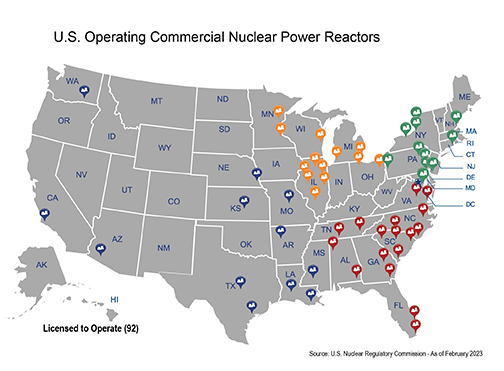
In fact, nuclear power has always required significant direct and indirect subsidies, loans, and even limits on its accident liabilities to be competitive with other forms of power generation.
The Bush era Energy Policy Act of 2005 offered more than $13 billion to the nuclear industry in subsidies, tax breaks, and unlimited taxpayer-backed loan guarantees. Taking advantage of the act, under President Barack Obama the U.S. Department of Energy loaned $8.3 billion to build two nuclear reactors in Burke, Ga. His administration proposed the tripling of loan guarantees to develop nuclear facilities from $18.5 billion to $54 billion, at the time seen as funding at least seven reactors.
If nuclear power was so green, a technology of the 21st century, and a key to fighting global warming, why does the industry continue to require–and receive–massive, publicly subsidized loans and incentives?
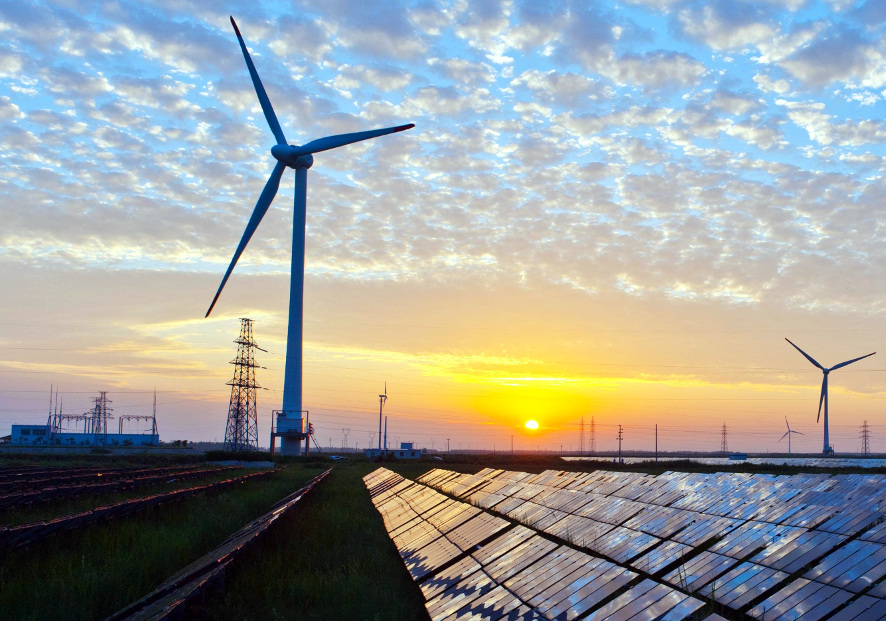
With so much discussion recently on wind, solar, and renewable energy, we might ask: what ever happened to the lofty promises of the atom? How green has it ever been?
A brief historical examination of nuclear power in the United States challenges this perception as a “green” technology. Beyond significant problems of long-lived radioactive waste connected with its fuel system, nuclear power has other great environmental costs associated with decommissioning, thermal pollution, construction times, and skyrocketing costs.
Nuclear Waste
While nuclear power produces low-carbon energy, it is hardly a sustainable technology. Industry representatives have known about its significant environmental drawbacks since the dawn of the nuclear age, have promised solutions, and continue to come up short.
The first problem is that nuclear energy produces large quantities of deadly and dangerous nuclear waste for the entire fuel system, from mining and fuel processing to spent nuclear fuel (SNF). All of this waste litters the landscape, and there is no complete inventory of its makeup.
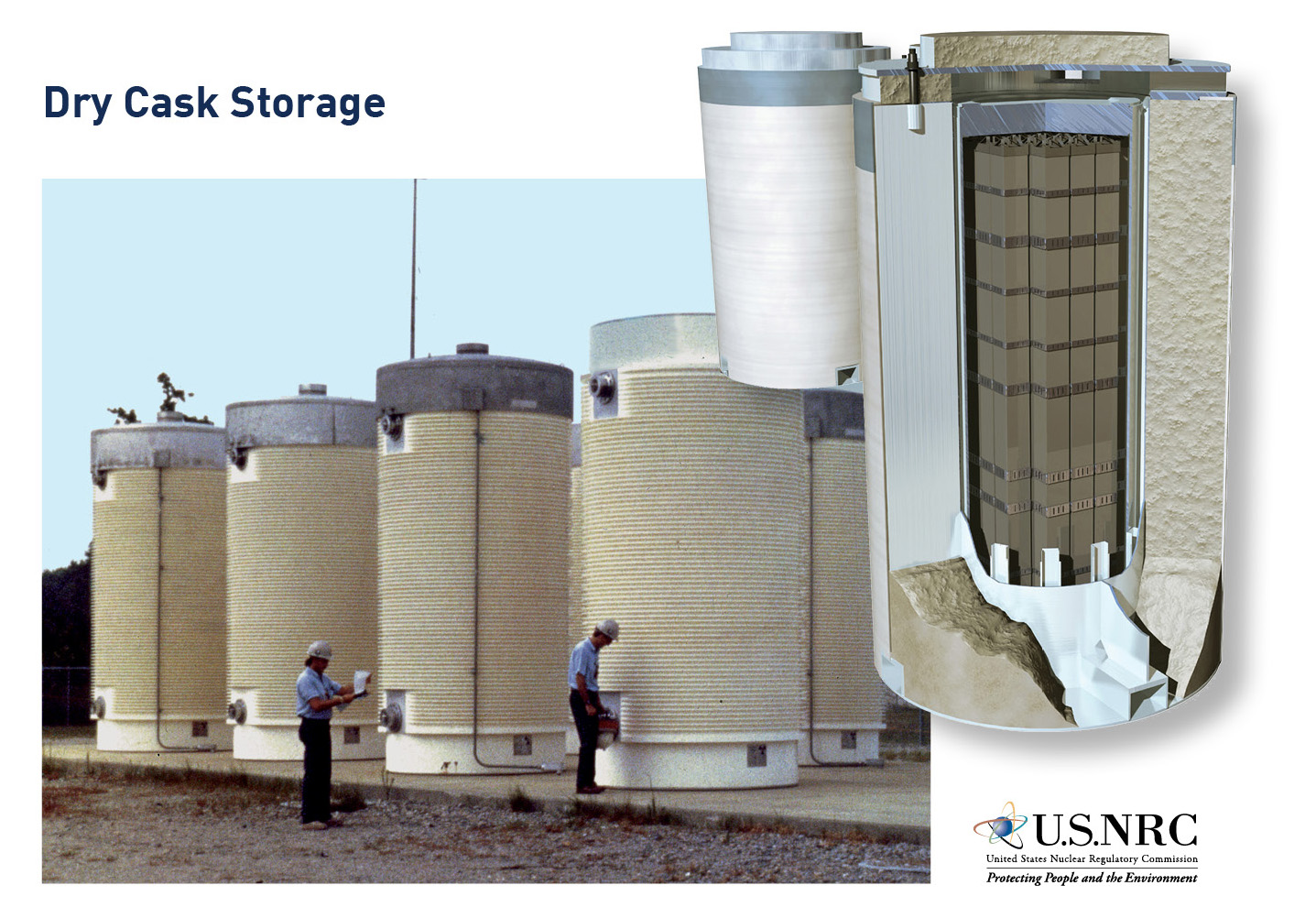
The failure to open a repository as required by the Nuclear Waste Policy Act of 1987 means that 80,000 tons of SNF has already accumulated at NPPs in the United States, with an additional 2,000 each year. The federal government assumes billions of dollars in costs for the failure to take custody of and store this waste.
Even had the designated Yucca Mountain, Nevada, facility opened for waste storage, it would have had to receive 175 SNF shipments across the country by train and truck every other day for 24 years shipped in multi-million-dollar casks designed to handle all of the SNF.
Even daily operation of NPPs creates dangerous wastes. NPPs have regularly leaked plumes of radioisotopes that fill the environment. By 2017, 46 NPP sites had leaks or spills that involved radioactive tritium (with a half-life of 12.3 years) in excess of 20,000 picocuries per liter (pCi/L).
When NPPs are decommissioned they become waste. Even as new stations are being built, scores of others must be dismantled, and funds to do so have not been allocated. Ten early U.S. stations, some dating to early 1960s, have been fully decommissioned. They were generally much smaller than contemporary ones, yet decommissioning them took years and tens of millions of dollars.
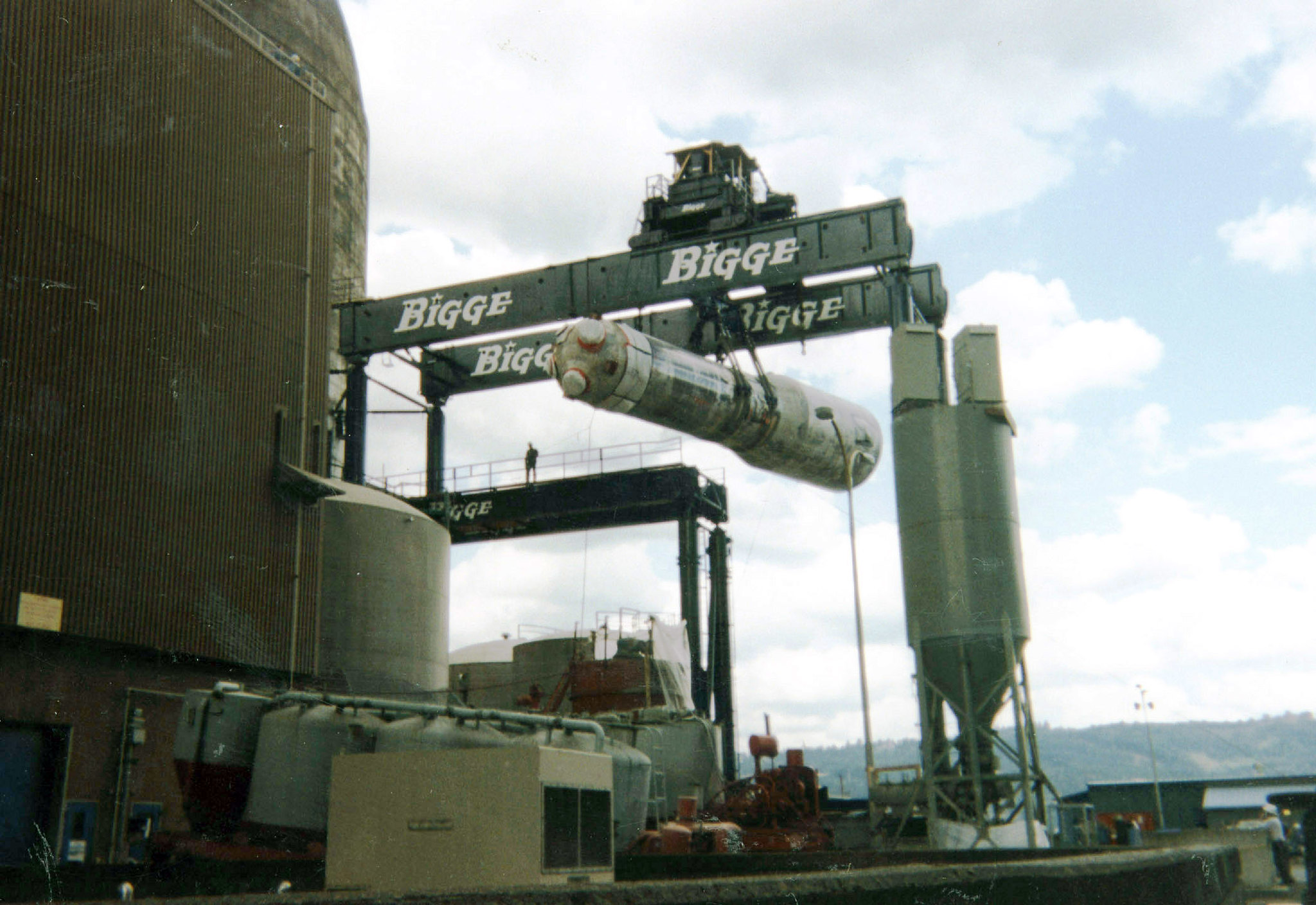
To decommission an NPP fully, “the facility must be deconstructed and the site returned to greenfield status (meaning the site is safe for reuse for purposes such as housing, farming, or industrial use).”
Decommissioning involves cutting up and packing the pressure vessel, conduit and pipe, concrete, and other materials in complex and potentially radioactive processes that often produce more contaminated material, before they are shipped by train, truck, and barge to storage facilities. The estimated costs of decommissioning, for which funds have only partially been allocated, is $500 million to $2 billion per reactor.
How Green is Thermal Pollution?
In daily operation reactors pollute. NPPs are not isolated islands of power production, but most draw copious amounts of water from a nearby source–a river, lake, reservoir, or ocean–for cooling. When returned to that source the coolant water is often 5o to 10o C hotter than when drawn into the plant.
Scientists have known for fifty years that the thermal shock kills fish outright, and that thermal plumes will generally lead to changes in feeding, reproduction, and other life patterns. NPPs also kill millions of fish, larvae, and other flora and fauna annually through impingement and entrainment on coolant water intake tunnels.
Engineers have tried to reduce thermal pollution through cooling towers or canals and through different ways of intaking and dispersing the effluent. And yet fish, seals, and other marine creatures perish in the production of electrical energy.
In fact, nuclear power’s very concrete foundations are hardly carbon neutral. The cement and concrete industry is responsible for about 8% of global carbon dioxide emissions, more than double those from flying or shipping. Larger contemporary NPPs require up to 200,000 m3 of concrete.
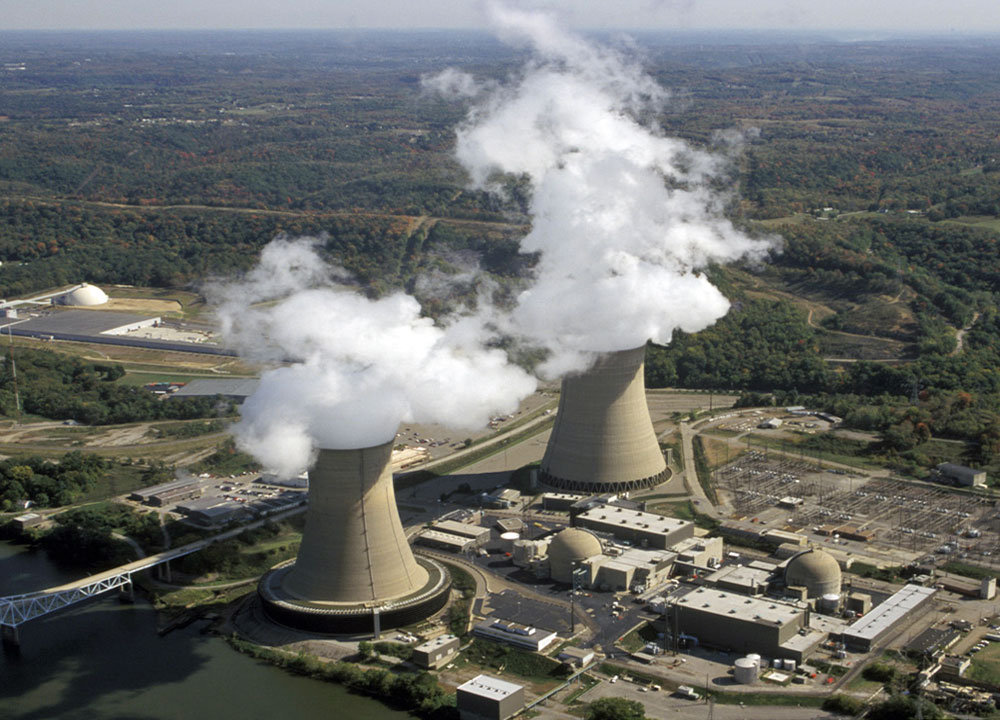
If roughly 600 kilograms of carbon dioxide is released for every ton of cement, and the average reactor pour is 150,000 tons, that’s 180 million tons of CO2 released in the construction of one unit, and over 80 billion tons of CO2 to build the world’s 450 reactors, 410 of which remain in operation, with 60 under construction, 100 planned, and 325 proposed.
Streamlining Regulation Does Not a Greener Reactor Make
The nuclear industry has often blamed excessive regulation and uninformed protest and citizen intervention for higher construction and operating costs, hence the effort of ADVANCE to streamline regulation.
In fact, industry has long underestimated costs to gain project approvals, and in a few egregious cases cut corners on safety to produce electricity. Challenges in the safe operation of NPPs suggest that rather than streamline regulatory oversight the industry should welcome more scrutiny.
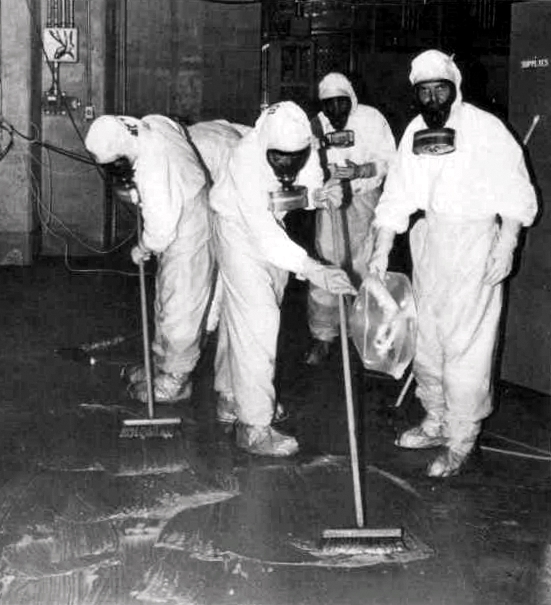
After the Three Mile Island accident, a commission under James Kemmeny analyzed the cause of the accident, the response of station personnel, and the role of the NRC. The Kemmeny Report identified human error and operator “culture” as culprits in the meltdown, especially the poor oversight of the NRC, and the weak safety culture among industry and operators. It found these problems “typical of the nuclear industry” (p.7).
The potential dangers and costs of catastrophic nuclear accidents have been known and studied by the NRC since the 1950s. Is faster construction and expedited licensing worth the risk?
The operating history of one station, Davis-Besse, outside of Toledo, indicates the challenges of ensuring safety for the NRC. In 1985 a loss of coolant accident (LOCA), the worst since Three Mile Island, closed Davis-Besse for a year. (One in seven U.S. plants has been closed for at least a year during “operation.”)
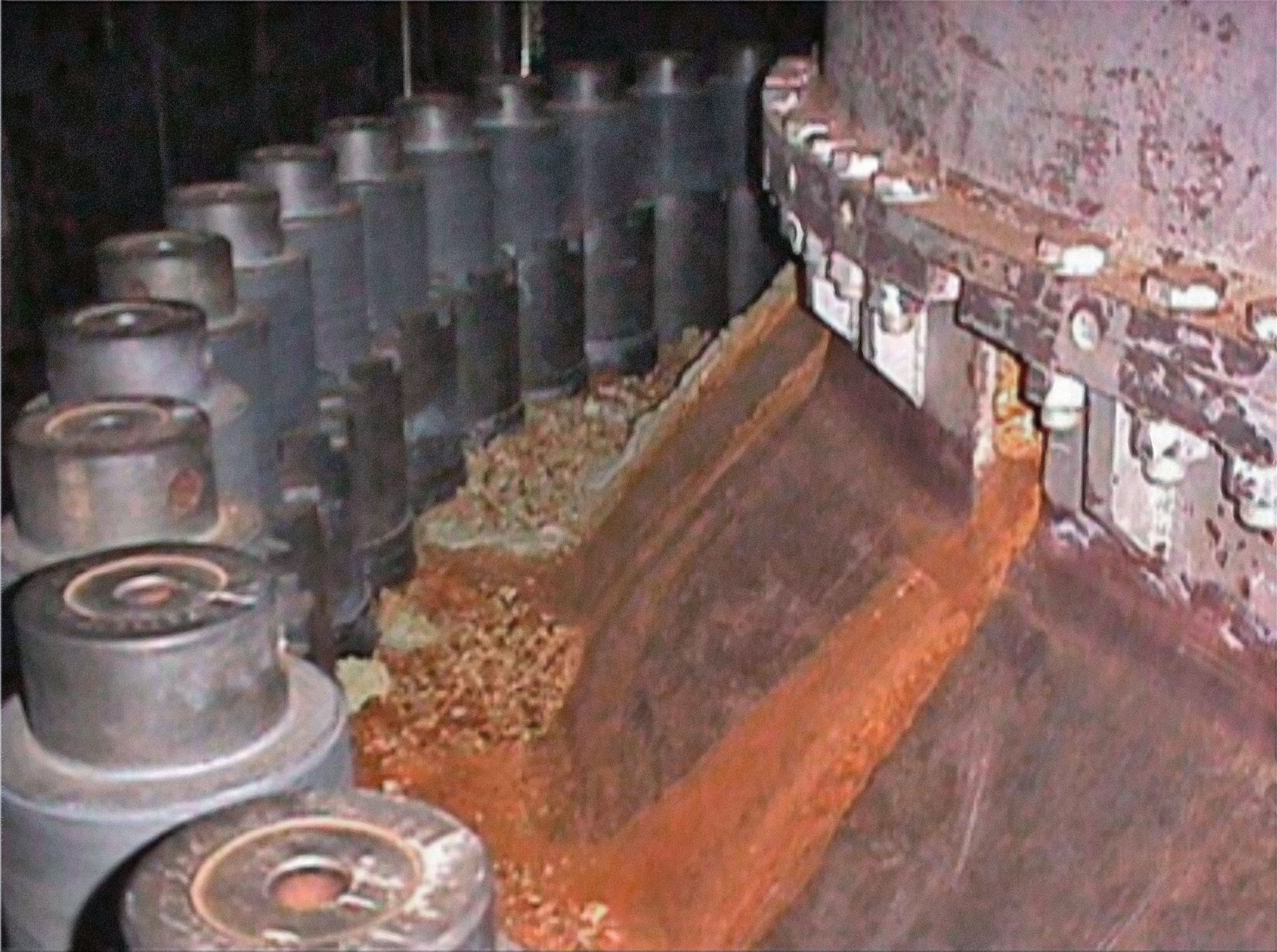
On March 5, 2002, maintenance workers discovered that corrosion had eaten a football-sized (18 cm) hole into the reactor vessel. The NRC shut down the station for two years to perform the necessary repairs, and it imposed its largest fine ever—more than $5.5 million—against the station owner. The company paid an additional $28 million in fines under a settlement with the U.S. Department of Justice, and the closure cost ratepayers $600 million.
In 2010, the utility discovered it had to replace the vessel head again. The owner, FirstEnergy, announced the closure of Davis-Besse in March 2018, three days before filing for bankruptcy. Republican legislators in Ohio forced through a bill in 2019 to keep the reactor open that added $150 million annually to consumers’ rates; the bill’s primary author had accepted bribes to sponsor the bill and is now in prison.
Finally, it makes sense to include the long lead times and costs of nuclear power to evaluate its environmental soundness. After all, any construction project that goes years over budget will require more labor and capital inputs, fuels, building materials, and so on.
The first U.S. NPP project completed in the 21st century, Vogtle Plant, Georgia NPP, was 11 years late and $17 billion over budget (at $35 billion) when it came on line in summer 2023. Again, the utility forced Georgia electric customers to pay billions of dollars in added rate fees for it before receiving any nuclear electricity.
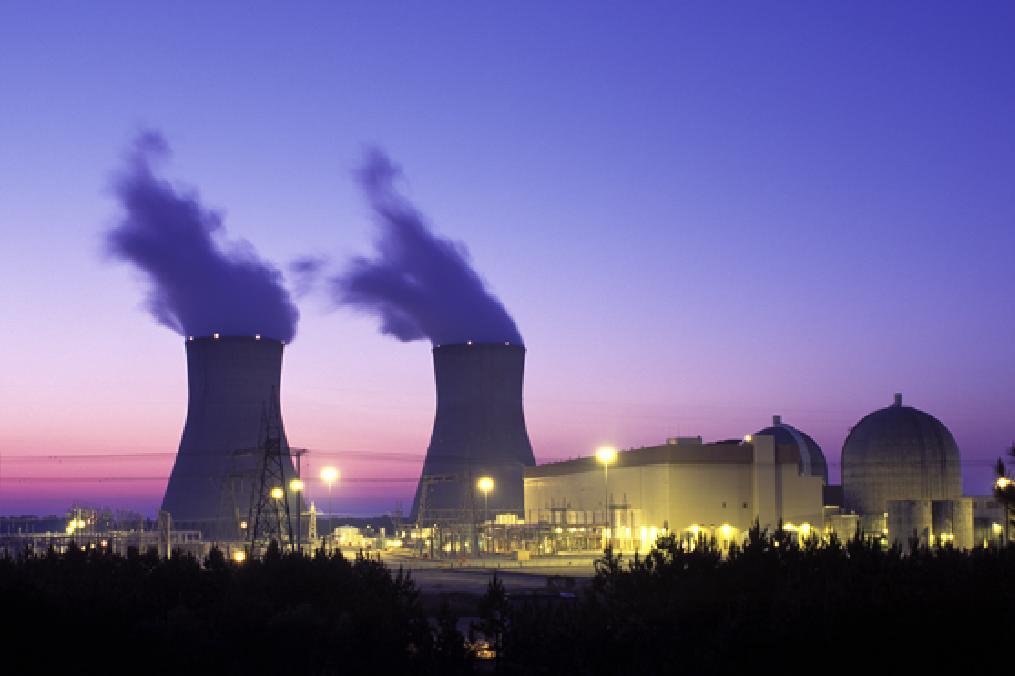
Construction costs are going up around the world. In France, the cost of Flamanville NPP 3 has grown from €3.3 billion to €12 billion, and the project is ten years behind schedule. Meanwhile Hinkley Point C, in Great Britain, was forecast at £20.3 billion, but final costs are now estimated at £50 billion and the finish date is nowhere in sight.
It is difficult to see how the ADVANCE legislation can constrain costs by streamlining licensing and lowering labor and capital costs.
There is little question that nuclear power will be an important component of the world’s energy mix. Nuclear power does not produce greenhouse gases that contribute to global warming and climate change. It is significantly safer from the point of view of worker safety, public health, and pollution than coal energy at every step–from mining to processing to power generation.
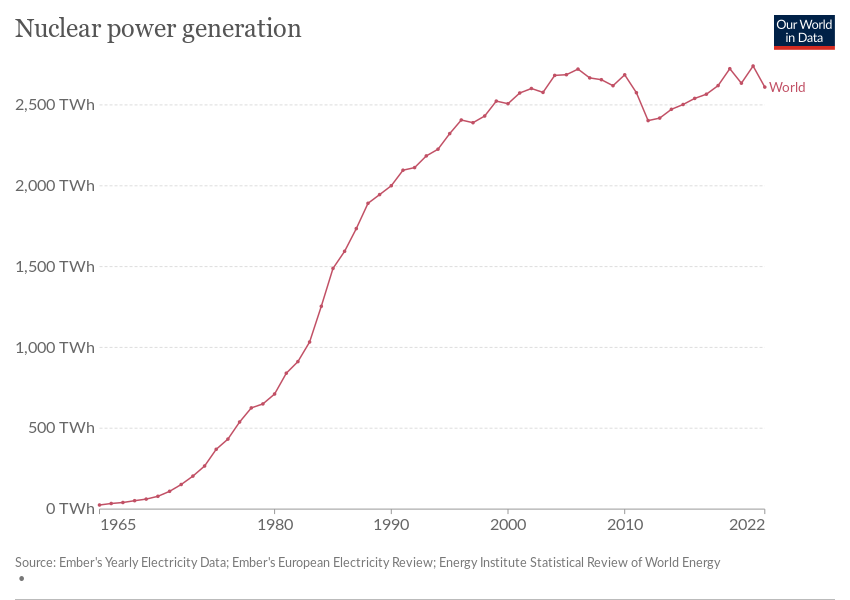
In 2023, roughly 5 percent of the world’s electricity was produced by NPPs. And yet, how zero-carbon are these stations and what of other unspoken, yet omnipresent environmental costs of NPPs mentioned here?
The failure of nuclear energy to deliver on a litany of hubristic promises dating to the dawn of the atomic age suggests that there are greener non-nuclear strategies for energy production. It may be that solar and wind are cheaper and faster to build, produce lower cost electrical energy, and hardly have the huge environmental footprint of nuclear power.
The work for this essay was funded in part by the U.S. National Science Foundation (Contract 2020024) and HoNESt (History of Nuclear Energy and Society, Horizon 2020 funding).
![]()
Suggested Reading:
General Accounting Office, Commercial Nuclear Waste: Effects of a Termination of the Yucca Mountain Repository Program and Lessons Learned, GAO-11-229 (Washingon: GAO, 2011).
James Kemmeny, et al. 1979. The Need for Change: The Legacy of TMI (Washington: The President’s Commission on The Accident at Three Mile Island, October 1979),
Mooz, William. 1978. Cost Analysis of Light Water Reactor Power Plants. R-2304-DOE (Santa Monica: Rand Corporation, June 1978).
Jeffrey Reutter and Charles Herdendorf, “Thermal Discharge from a Nuclear Power Plant: Predicted Effects on Lake Erie Fish,” Ohio Journal of Science. vol. 76, no. 1 (1976): 39-45
Thomas Wellock, Safe Enough?: A History of Nuclear Power and Accident Risk (Berkeley: University of California Press, 2021).
John Wills, Nuclear Protest at Diablo Canyon (Las Vegas: University of Nevada Press, 2012).
